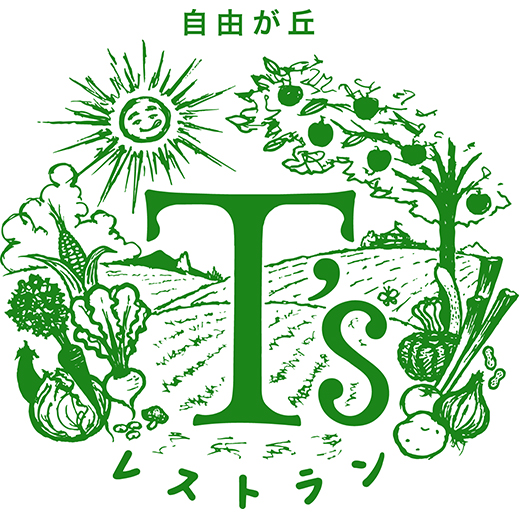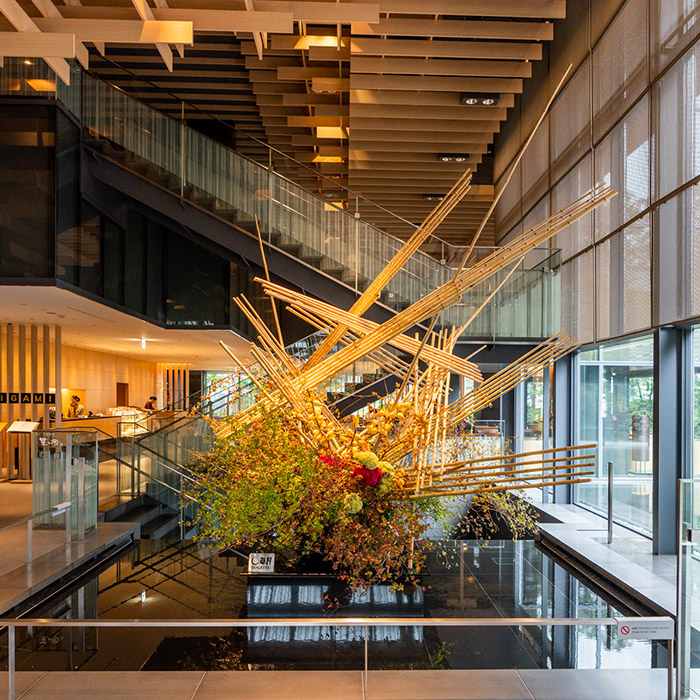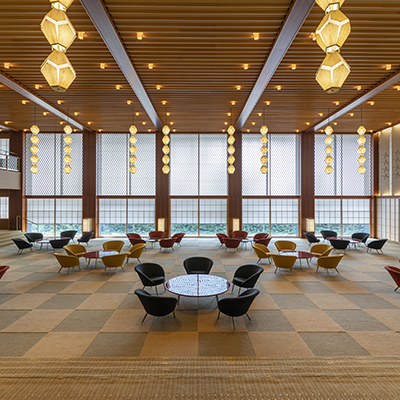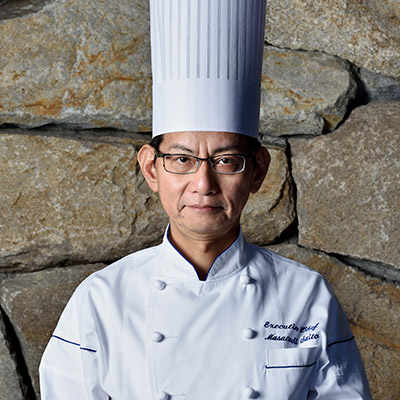October 9, 2025
The Hidden Allure of Japanese Classical Music: How a Single Note Can Create an Entire Realm
Classical music was first introduced to Japan from the West during the Meiji era (1868–1912). Over time, it fused with Japan’s own cultural and artistic traditions, developing in unique ways. Today, Japanese classical music has established a prominent place on the world stage, with works by Japanese composers being widely performed and appreciated worldwide. To explore the roots and growth of this uniquely Japanese approach to classical music, we spoke with Professor Junichi Konuma, a leading scholar of Japanese classical music at the Faculty of Letters, Arts and Sciences at Waseda University.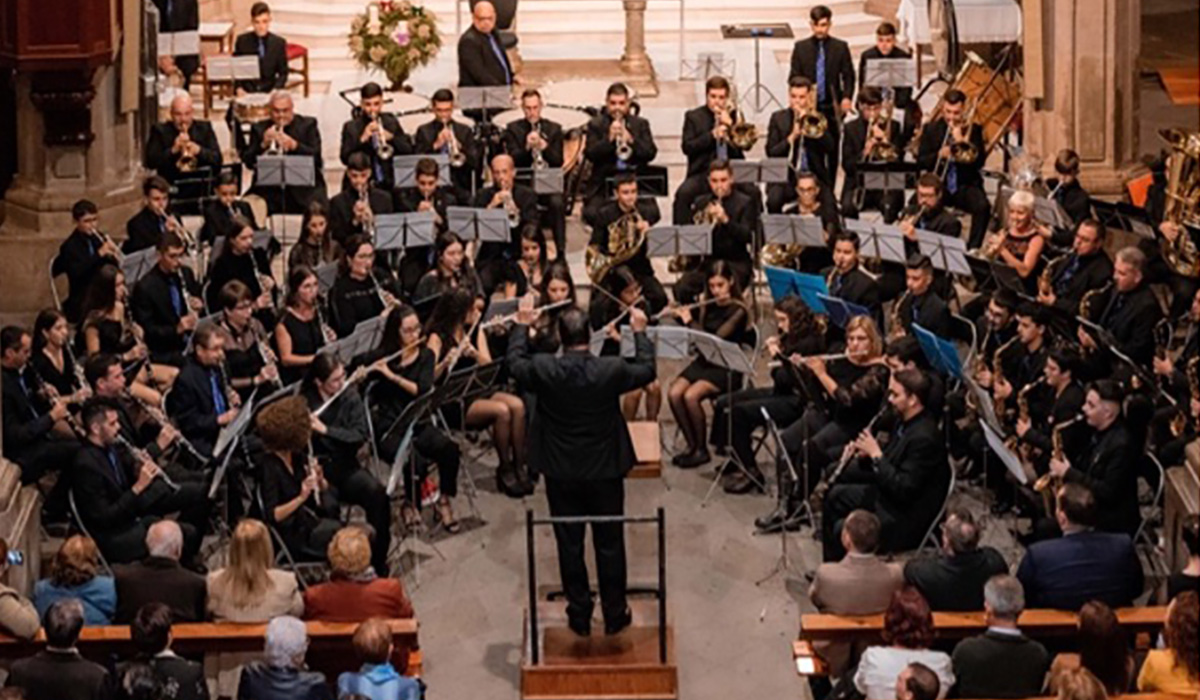
Introduction
Japan’s encounter with classical music is surprisingly recent, tracing back to the country’s opening to the West in 1853. In the early Meiji period, the first musicians to perform Western classical music in Japan were the military bands. One notable episode recounts how soldiers from the Satsuma domain, inspired by the performance of a British military band during a burial at sea following the Anglo-Satsuma War (1863), initiated the formation of Japan’s own military band under British guidance.Japanese composers began to gain international recognition in classical music only in the 1950s, with figures such as Toru Takemitsu, Akira Miyoshi, and Toshiro Mayuzumi achieving worldwide acclaim. The spread of music education and appreciation classes in Japan further popularized classical music within the country. Today, it is so familiar that pieces from the classical repertoire are frequently heard in television commercials.
Modern Japan boasts around 40 professional orchestras, mainly based in major cities such as Tokyo and Osaka. Many of these orchestras host educational workshops, instrument demonstrations, and youth-friendly concerts, making classical music accessible to younger generations. Moreover, classical music often appears in Japanese literature and anime, further weaving it into the fabric of everyday life.
Special Interview with Prof. Junichi Konuma
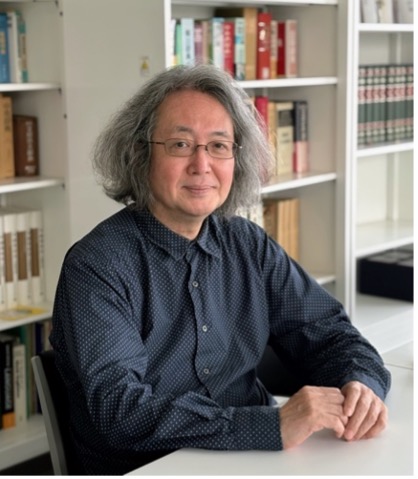
Professor, Faculty of Letters, Arts and Sciences, Waseda University.
A foremost scholar on Japanese classical composers, particularly Toru Takemitsu, Konuma’s research spans music, film, poetry, and more. He has authored numerous books and academic papers. After graduating from the Department of French Literature at Gakushuin University, he worked in the pharmaceutical industry and as a part-time lecturer before assuming his current position.
Who are the most internationally renowned Japanese composers of classical music?
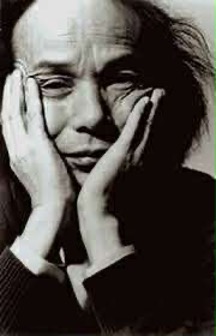
Toru Takemitsu (1930–1996)
Which Japanese classical compositions have gained international fame?
One of the most famous works is “November Steps” by Toru Takemitsu, composed in 1967 for the 125th anniversary of the New York Philharmonic Orchestra.
In this piece, Takemitsu boldly combined the Western symphonic orchestra with traditional Japanese instruments—the biwa (a four- or five-stringed lute) and the shakuhachi (a bamboo end-blown flute). At the time, this fusion was considered almost scandalous in the Western classical music world. Although initially met with criticism, the work gained worldwide recognition partly because of Takemitsu’s inclusive personality and his diverse artistic pursuits.
What makes November Steps particularly fascinating is its resemblance to the aesthetics of a Japanese garden. Like a garden where rocks, trees, and ponds are placed seemingly at random—creating a sense of both unity and free movement—the music unfolds as a series of diverse yet interconnected moments. Listeners experience ever-changing perspectives within an overarching coherence.
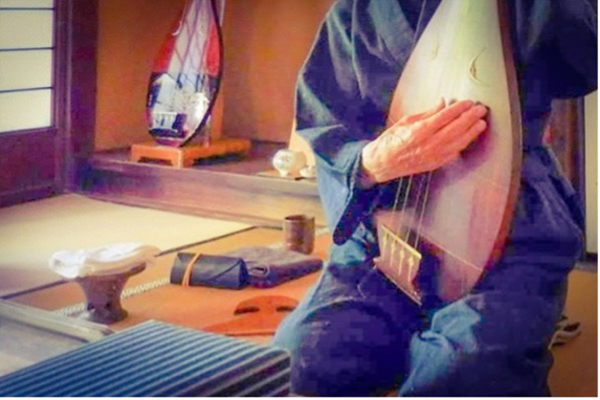
Biwa (Photo from Wagakkimedia)
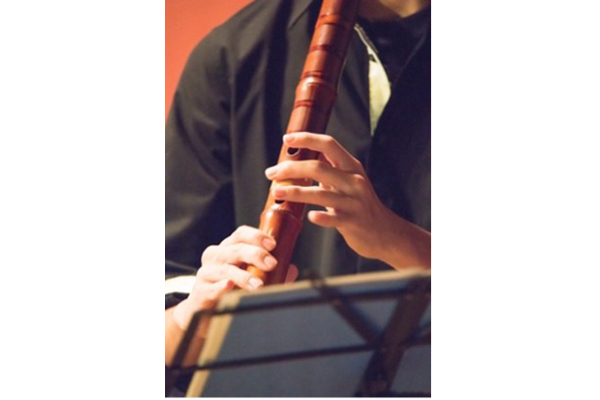
Shakuhachi (Photo from Wagakkimedia)
What is distinctive about Japanese classical compositions?
A notable characteristic, especially in works composed before the 1980s, is the ability to evoke an entire musical universe with a single note.
For example, in November Steps, the biwa and shakuhachi—both instruments capable of producing highly expressive single tones—create this effect. After such a note is played, even as its reverberation fades, the tension remains, as if freezing the listener in the moment.
This lingering pause, or ‘ma’, is not a rhythmic count leading to the following note; it exists solely to savor the resonance of the previous sound. This Japanese sense of ‘ma’ echoes the taut, breath-held moment in a duel between two samurai, each waiting for the other’s slightest opening before striking.
It also aligns with the aesthetics of ikebana (Japanese flower arrangement), where the placement of flowers is carefully balanced with the empty space around them—showing that beauty is often found not in abundance but in the intentional interplay between presence and absence. Japanese classical music, in this way, usually harmonizes with traditional cultural concepts, allowing deep meaning to be conveyed through simplicity and restraint.
Which contemporary Japanese composers should be more widely known around the world?
One particularly notable figure today is Dai Fujikura, a Japanese composer based in the United Kingdom whose works are highly popular in Europe. Fujikura often incorporates traditional Japanese instruments such as the shamisen, shakuhachi, and koto, creating music that is distinctly Japanese yet accessible in its sound. His wide-ranging work spans symphonies, operas, and film scores. Another leading contemporary composer is Atsuhiko Gondai, known for his powerful compositions and frequent commissions from orchestras both in Japan and abroad. He has written extensively for orchestra, chamber ensembles, piano, and organ, and is also active as a concert producer.



